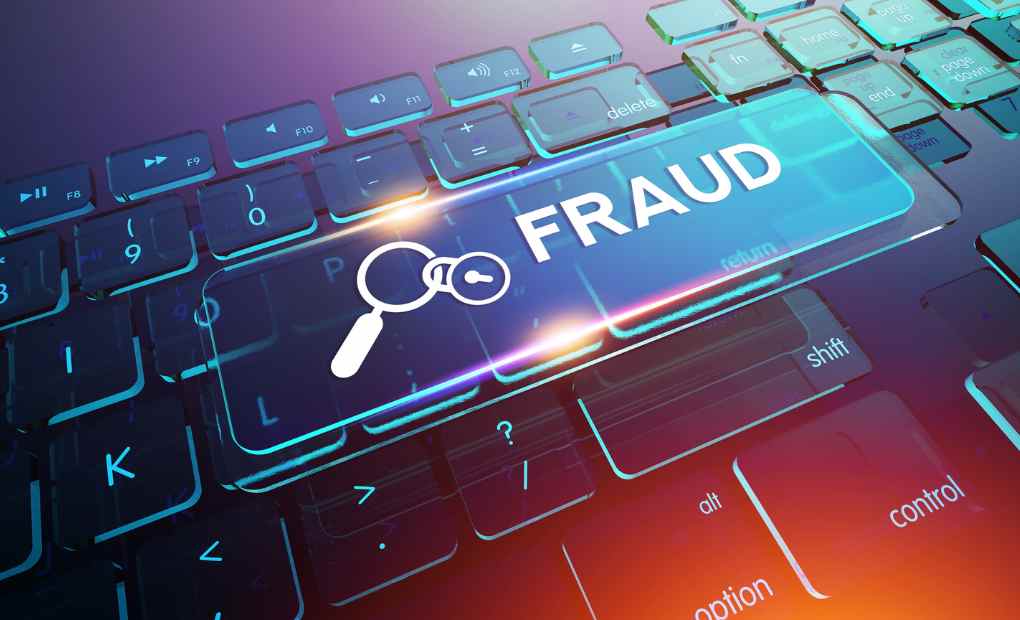Keys to Detect Fraud On the Internet and Avoid It
Fraudsters use increasingly sophisticated strategies and technologies to commit crimes online. From smishing to fraudulent job offers, cybercriminals have expanded their tactics and today, with the widespread use of mobile phones, they can reach their victims anytime, anywhere.
The N26 online bank has prepared a list of the five basic security keys to avoid fraud.
Use of security features (fingerprint, facial recognition)
Today, technology makes available to the consumer a large number of functionalities that, when used properly, protect the user against external attacks. A clear case is biometric data, such as fingerprints and facial recognition. This secure access ensures that only the authorized user can access the information.
Also Read: What are these “Techs”: Edutech, Meditech
Two-step authentication, which requires identity verification to log in, is another way to protect our data and avoid scams, as it creates a double barrier for the criminal. Finally, it is also convenient to activate instant notifications. Thus, if you are the victim of an attack, you can quickly identify yourself and take the necessary measures -change passwords, cancel credit cards, report false profiles, etc.- before the situation escalates.
Protect yourself against phishing
Phishing is a scam in which cybercriminals try to trick their victim into providing sensitive data or downloading malicious software. It is usually disguised as communication that appears to come from a legitimate source. It is one of the most widespread online crimes and comes in many forms, from mass attacks to personalized attempts.
In any case, you must be very careful whenever a communication asks us to send confidential information. Some precautions to protect yourself from phishing are verifying that the devices have up-to-date security software and installing an anti-phishing extension in the web browser.
Two-factor authentication is also insurance against these scams. However, the most important thing is always to be alert to identify these types of communications and not post personal information on the Internet.
The devil is in the details
If the technology fails to intercept the cybercrime attempt, there are small habits that the user can adopt to identify online fraud and prevent falling into the trap. The first is to look for small errors, such as misspellings, typos or errors in the URL. Another key is to question the redirected websites.
It is easy to ensure a website is secure: you have to look for the lock symbol, click on it and verify the page’s credentials, checking that the Secure Sockets Layer (SSL) certificate is valid and in whose name it is issued.
It is essential to take these precautions on the websites and applications that request the submission of personal data, especially when they request it urgently. Hackers use this tactic to disrupt the decision-making process. Generally, companies do not coerce their customers to do a certain action.
A good controller
This advice deserves its category, given its particular relevance. Cybercriminals find it easier to find simple passwords in a password dictionary (the popular belief that hackers guess passwords by trying all the different possible combinations manually is wrong).
The golden rule is not to establish passwords that contain words or numbers directly related to the user’s life because they are easy data for hackers to identify. Likewise, it is convenient to avoid repetitions, numerical sequences or series that form a pattern on the keyboard. The key is to choose random words and numbers. Password managers facilitate the whole process, preventing the user from having to remember all the passwords. With these administrators, it is only necessary to place a single password, through which you can access the rest that is encrypted.
Monitor device connections
It is important to turn off publicly accessible Wi-Fi and Bluetooth when not needed or in areas with open networks. Devices connect automatically; through these connections, a third party can access and take data relatively easily. You should be especially careful when entering the bank app or similar; Even if it is a private Wi-Fi network, it must have the WPA2 security system.
Also Read: Express Deployment of Teleworking

